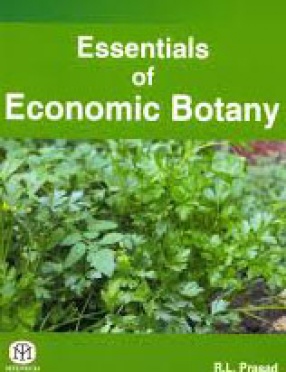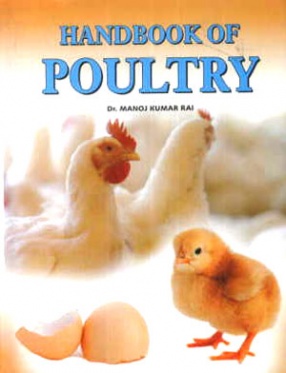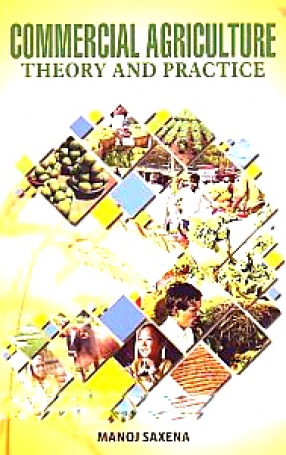Essentials of Economic Botany
In stock
The study of botany has developed very rapidly in the past quarter of a century and as a result was have a great variety of text-books representing an almost equally great variety of methods of presenting the subject.
The book Essentials of Economic Botany, implies that it is intended first, as a guide to experimental work in the study of plants, such as should be carried on in any higher secondary schools, and second, that it is intended as a preliminary work to the agricultural studies which are now recognized many higher secondary schools and colleges.
The author has endeavored to make the work so flexible that it may be used in schools regardless of the amount of time devoted to the subject, the available laboratory space and equipment.
The author has also been mindful of the fact that the course in botany in the higher secondary students should meet the needs of very different classes of students those who study it as one of the requirements of the curriculum and to whom it must be primarily a cultural subject, those who study it as a preparation to agriculture and horticulture, and those who may use it to fulfil one of the college entrance requirements.
Contents: I. Plant life: 1. Seeds and seedlings. 2. Roots. 3. Stems and buds. 4. Leaves. 5. The Flower. 6. Reproduction. 7. Fruits and seeds. 8. Anatomy of stems, roots and leaves. 9. Chemical composition of the plant. 10. Plant foods and plant growth. 11. The gymnosperms. 12. Ecological relations. 13. Forestry. 14. Plant diseases. 15. Plant breeding. 16. Weeds. 17. Pteridophytes. 18. Bryophytes. 19. Thallophytes. II. Most important families of economic plants and special exercises: 21. Important families of plants.





There are no reviews yet.